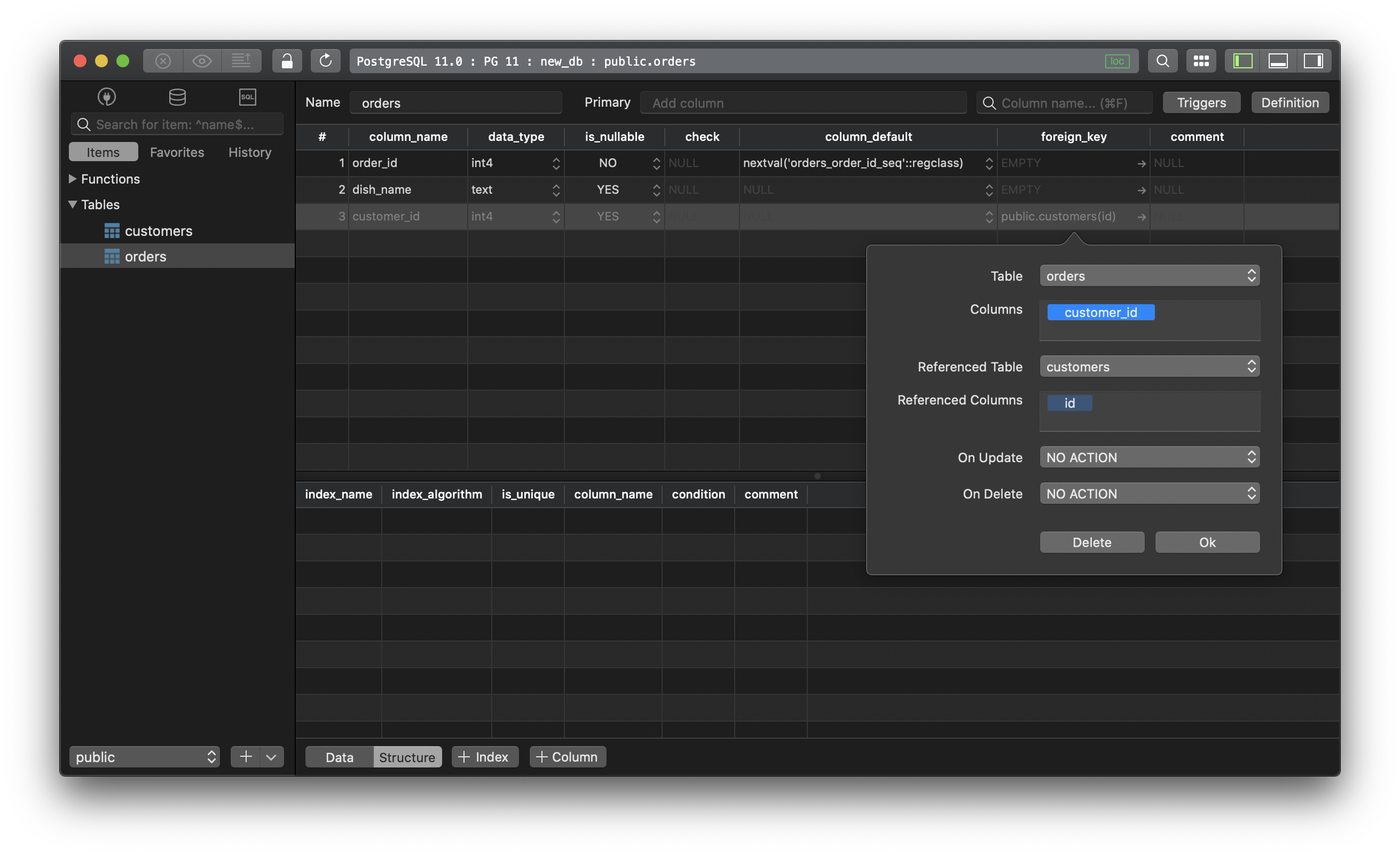
Results represent the sum of used space for table, primary/secondary indexes and for the TD-tree we also added required space for the directory table. 9 we show the space requirement for the TD-tree and RI-tree. All tables are altered to suit the particular approach and all required primary and secondary indexes are created. To compare the space requirements for RI-tree and TD-tree, we considered tables with different number of rows. We built relation Employment as index organised table using Region and ID as a primary key. To ensure that the population of a region corresponds to one block, so it can be be efficiently retrieved, we introduced a blocking factor. Because TD-tree has only leaf nodes it can be organised as a list and stored in directory tables. The root node, which contains information for λ, blocking-factor, adjustment date and maximum depth of the tree we stored as one tuple relation. Relations for testing the performance of the TD-tree were altered with col- umn Region, which is calculated according the algorithm as explained in Sub- section 4.1. A point query is performed by call- ing the dedicated procedure that collects leftnodes and rightnodes and then performs the transformed SQL statement as instructed in. Two B + -tree composite indexes have been created LowerIndex (node, Start) and UpperIndex (node, End). Relations for testing the performance of the RI-Tree, were altered with col- umn node, which is calculated for every row of data by algorithm as explained in paper. The initial relations with structure Employment(ID, Name, Position, Start, End) were replicated and altered accordingly to suit each particular method. The same data set is used both for RI-tree and TD-tree testing experiment.
Tableplus diagram generator update#
As explained in update algorithm to perform update it is required to perform delete from the previous region and insert interval into the new region. We tested performance of our TD-tree on updates of randomly selected now-relative interval data of 100 tuples. In both cases ending time of interval that contain sematic for ‘now’ ( now-relative data) is replaced with the current time. Most often updates in Temporal databases happen when facts cease to be valid (in valid time databases) or tuple is logically deleted (in transaction time databases). The point query that timeslices the time line at the current time is considered to be the most important because most often we will ask queries about the current state of reality. The point query that timeslices the timeline at the current time was used to determine how access method performs with now-relative data. Because of the nature of our query algorithm, by comparing the data region with the rectangular query region, as has been shown in subsection 3, results for performance evaluation apply to the other query types. In our experiment we tested performance on intersection queries and particularly on point query as its specific case.

All data set distributions had separate relations with different number of tuples, 250,000, 500,000 and 1,000,000. Furthermore, in real world applications there is usually a upper bound for the interval duration and in our case we have chosen 10,000 (days) for the upper bound, not considering now- relative data, which are represented with maximum timestamp approach.

We used maximum timestamp approach to represent current time. distribution of interval start, appearance of now-relative data and exponential distribution of the duration reflects most real world applications where short intervals are more likely to occur than long intervals.


 0 kommentar(er)
0 kommentar(er)
